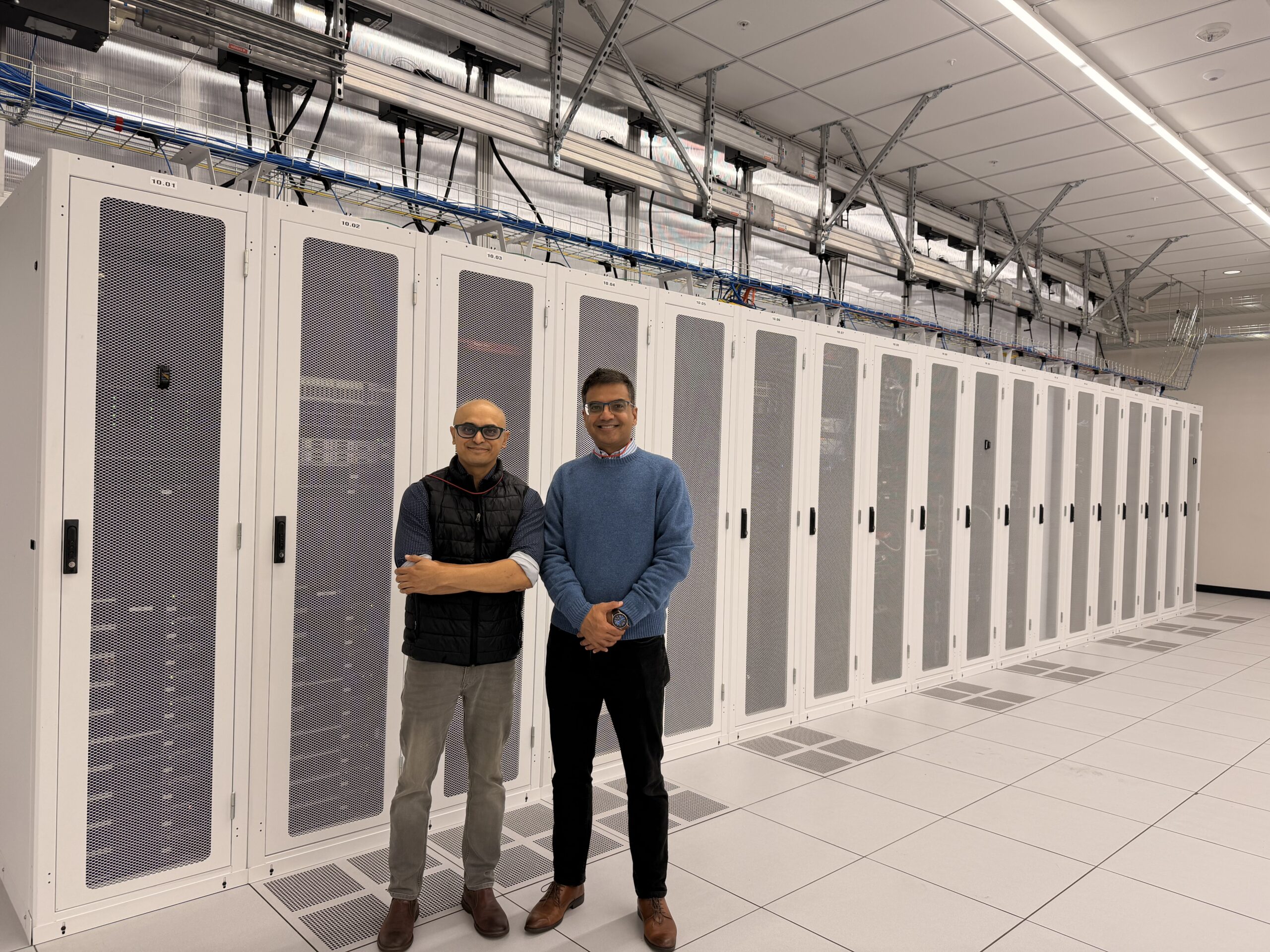There is a moment, standing on the floor of an AI factory, when the idea of “the cloud” disappears and you are left with what it really is: a physical system, humming, hot, and power hungry, unassumingly turning megawatts into tokens.
Rahul Kar, Founder & CEO
Over the past decade, my work has sat at the intersection of AI and power systems, and that physical reality has always mattered. At AutoGrid, I saw how software and machine learning could turn a rigid grid into a flexible, intelligent network, optimizing gigawatts of power and proving the value of flexible infrastructure. As the AI wave accelerated, one thing became clear: AI’s trajectory depends not only on better models, but on how intelligently we operate the factories that run them. Hammerhead was born from that realization and from the conviction that we can do more with the infrastructure we already have.
Hammerhead starts from a simple framing: an AI factory is a production system. Its output is tokens, and its performance is defined by how efficiently it turns physical resources into those tokens, safely and reliably. Yet most AI factories are still optimized in silos. Power is planned for peaks and redundancy, GPUs are scheduled for utilization, and facilities are tuned for uptime. The result is stranded or underused capacity and operations that look like world‑class robots managed from an outdated control room.
This is not just an infrastructure inefficiency; it affects the pace of progress. AI is already helping accelerate drug discovery, climate modeling, education, and industrial productivity. When AI factories run below their potential, the impact is not only higher costs, but also fewer experiments, slower research cycles, and products that reach the world later than they could. In a very real sense, the way we run these factories influences how fast medicine, climate solutions, and learning tools can improve.

Sadia Raveendran, Rajeev Singh, Rahul Kar, & Amit Narayan
The reason to build Hammerhead now is the maturity of reinforcement learning and advanced control. A few years ago, deploying learning agents to orchestrate power, cooling, and compute in real-time would have seemed risky. Today, similar techniques are already helping manage complex, mission‑critical environments: optimizing cooling, tuning chips, balancing grids, controlling industrial processes, and enabling autonomous systems. Infrastructure software no longer has to be a static rules engine; it can learn, adapt, and improve.
Hammerhead builds on that shift. Our platform treats each AI factory as a living system, observing workloads, thermal behavior, and operational constraints, then using reinforcement learning to search continuously for better operating points. Instead of simply enforcing limits, it looks for smarter ways to allocate power, shape workloads, and coordinate cooling so that every megawatt finds its highest‑value use. The same class of AI that is transforming products can now transform the factories that produce that AI.
The rationale is straightforward: better operations improve AI economics and impact. When you get more tokens out of the same physical footprint, you lower effective token costs, shorten infrastructure payback, and create room for more experimentation and innovation. In a world where AI spend is compounding rapidly, even modest gains in tokens per unit of infrastructure add up. Any serious AI operator should want a system that makes their factories more productive without waiting years for new build‑outs.
The name “Hammerhead” was deliberate. In the ocean, hammerhead sharks are remarkable not just for their shape, but for what it enables: their wide heads distribute specialized sensory organs that let them detect faint electrical fields and scan their environment with unusual breadth and precision. Some species school in coordinated groups, using their sensing and social behavior to move as an intelligent collective. That combination of heightened perception and coordinated action is a useful metaphor for what Hammerhead aims to do inside AI factories: sense more, understand the whole system, and orchestrate many components to move intelligently as one. And it happens to be my favourite shark to dive with!
This journey is also not mine alone. Some of the people I respected most in earlier chapters of my career chose to join me in building Hammerhead. They had seen the same patterns up close, the waste and the constraints, and felt the same responsibility to address them. Their decision to come along is one of my biggest sources of confidence: this is no longer just a thesis in my head, but a shared mission for a team that I have come to know in the trenches over the past decade. The team gets stronger every day as newer members with expertise in AI, infrastructure, and design join, and I couldn’t feel more grateful. We are all excited for what lies ahead!
In the end, Hammerhead is a bet on two ideas: that the future of AI will be shaped as much by how well we run AI factories as by how clever our models are, and that advances in reinforcement learning and control now make it possible to run those factories in a fundamentally smarter way. At its core, the company is built on a simple belief: every electron should help move the world forward as far as it can, and leaving that potential unrealized is both an economic waste and a missed opportunity for progress. If AI factories are the engines of this new era, Hammerhead’s mission is straightforward: make those engines as intelligent, efficient, and aligned with our shared future as the AI they power.
